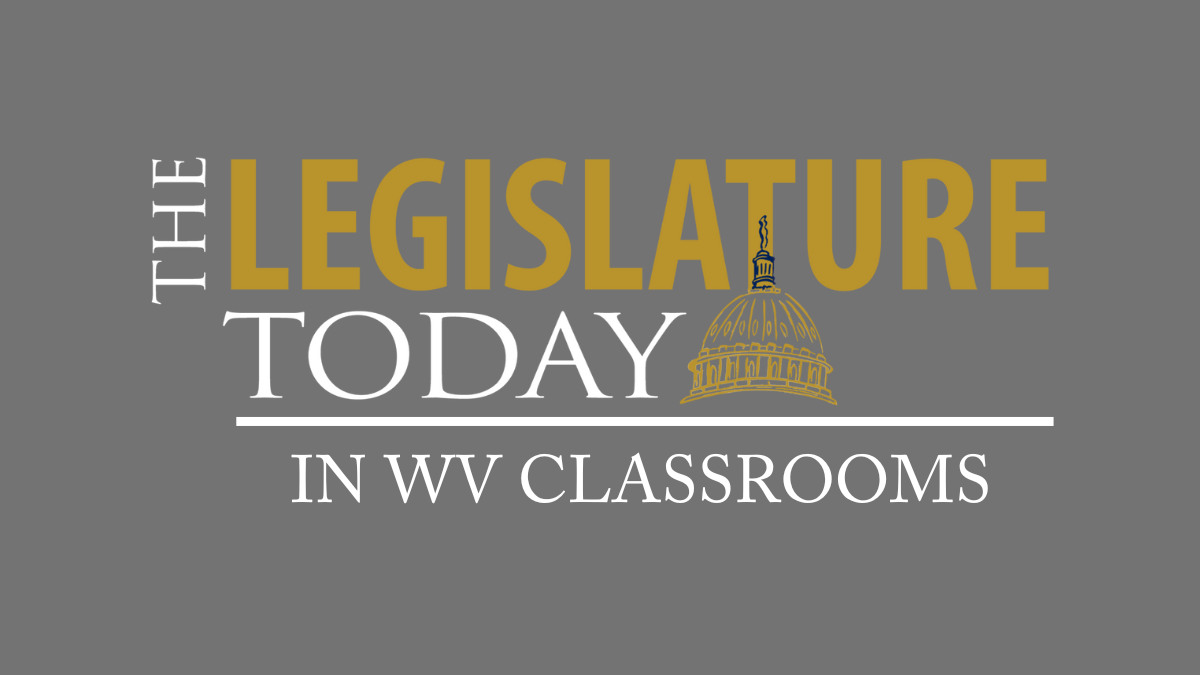Interview: Terry Gross Talks Public Radio With WVPB
Regular listeners to our afternoon programming will immediately recognize the voice of Terry Gross. She has been the host of Fresh Air for 50 years – well before it became a national staple. We talk with her about the unique medium of public radio.
Continue Reading Take Me to More News





















